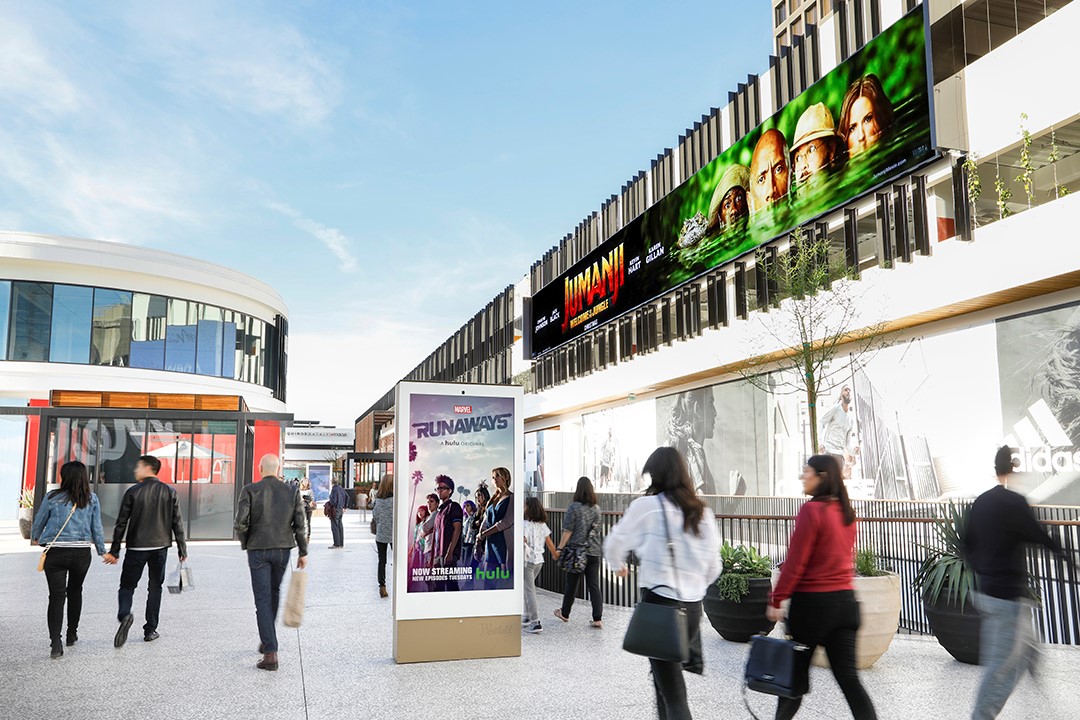Five Steps Retailers Can Take to Keep Shoppers Coming Back

Five Steps Retailers Can Take to Keep Shoppers
Coming Back
Jeff Hastings, BrightSign CEO
On the surface it would seem brick-and-mortar retailers are in trouble. Big legacy brands like Sears and JC Penny are dramatically scaling back their storefront presence, while retailers like Toys R Us are shuttering altogether. True, e-commerce is causing havoc in the brick-and-mortar space, but I firmly believe that reports of the demise of retail are greatly exaggerated.
Customers still enjoy the experience of going shopping – most people are not so reclusive that they wish to curtail in-store shopping altogether. They don’t want to live life between four walls with everything brought to their door. They like to get out, to meet and interact with people including knowledgeable retail assistants. There’s an upside to seeing and handling certain products before purchase.
The key to recovering foot-traffic in retail is the shopping experience itself. Here are five examples of our customers around the world going to extraordinary measures to enhance the brick-and-mortar retail shopping experience:
- Make The Customer’s Experience Smooth and Seamless: Robinsons 200,000 sq. ft. flagship store in the Dubai Festival Mall has signage that can be instantly updated by store staff. Customers are welcomed by way-finders directing them smoothly not only to the relevant department, but to the brand that they’ve come to see. Each department has brand columns featuring video content provided by those brands. In the VIP check-out, further screens advertise special promotions to the most affluent customers.
- Encourage Interaction: Travel is a top online purchase, but the UK’s first interactive holiday store, Cruise 1st in Manchester, offers customers a truly unique space in which to select their next cruise holiday. Passing shoppers are attracted by in-window screens and a 2×2 video wall showing 4K video content and images. In-store, live TV content from Cruise 1st’s own Sky TV channel is displayed on a video wall. Touchscreen kiosks make choosing a holiday a game for the entire family.
- Beacon Technology: Improves the overall digital signage experience by increasing audience engagement and creating a personalized experience on two screens. Using Bluetooth Low Energy (BLE) beacon technology, 2-way communication between digital signage and mobile devices is achieved and allows for the delivery of highly targeted promotions based on location as well as the ability to control digital signage playback from a mobile device.
- Use Social Media On The In-store Signage to Engage Customers: Vegas EXP has embraced digitally enhanced experiential shopping. It has a total of 28 screens, with a 55-inch interactive display in the heart of the store. When idle, the screen displays content such as notable Instagram feeds and the local weather forecast. When customers engage with the display, they can browse the online catalog but also have fun with the “selfie mode,” scrolling through and taking selfies in front of various iconic Las Vegas backdrops.
- Create a “wow” factor: El Palacio de Hierro’s flagship store located in Mexico City has replicated a large overhead stained glass ceiling with a 60-inch LED sphere and full-ceiling LED display installed atop the store’s 66-foot-high main concourse.
With innovations like these, it’s clear to see we’re not even close to end-times for the physical retailer. The dip we’re seeing in retail is a sign that retailers haven’t yet hit on the right formula to stay relevant in this digital age. But savvy retailers are facing the issue head-on and using digital signage to deliver the right experience to keep customers coming back.






